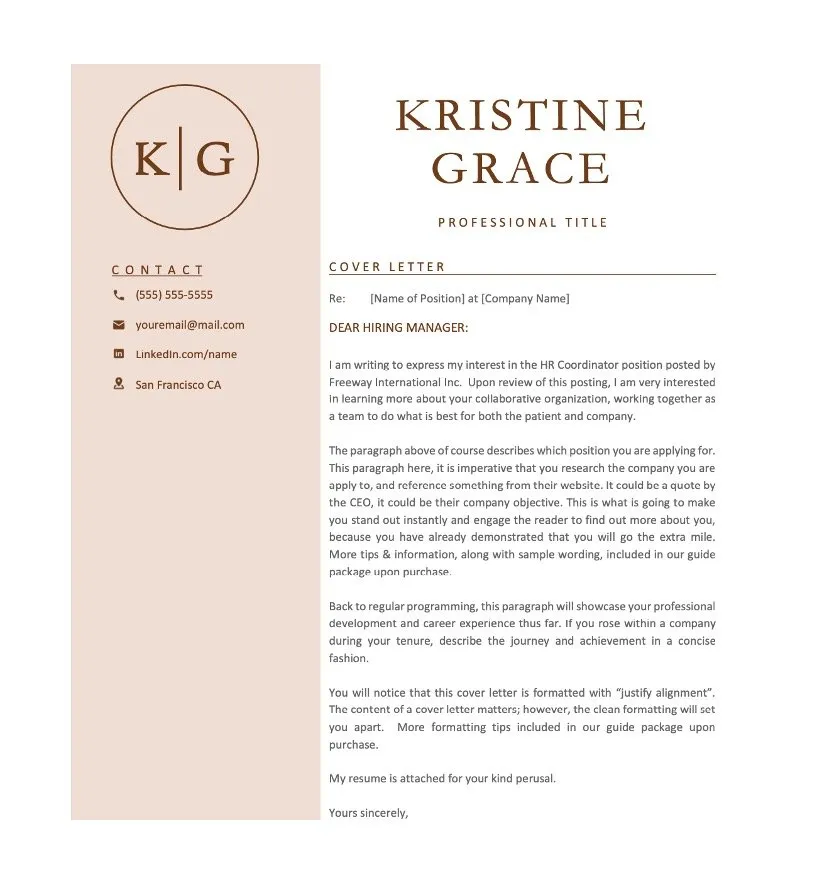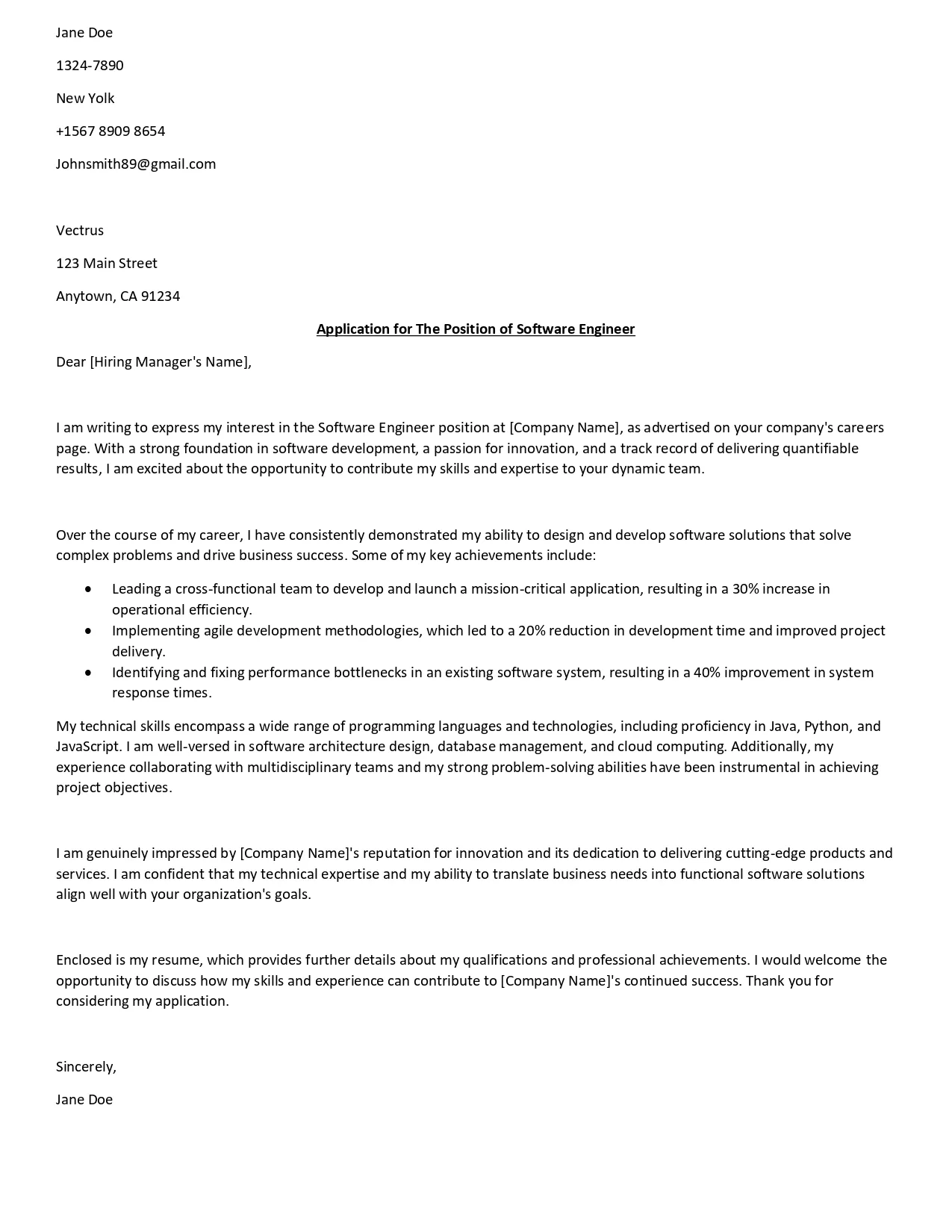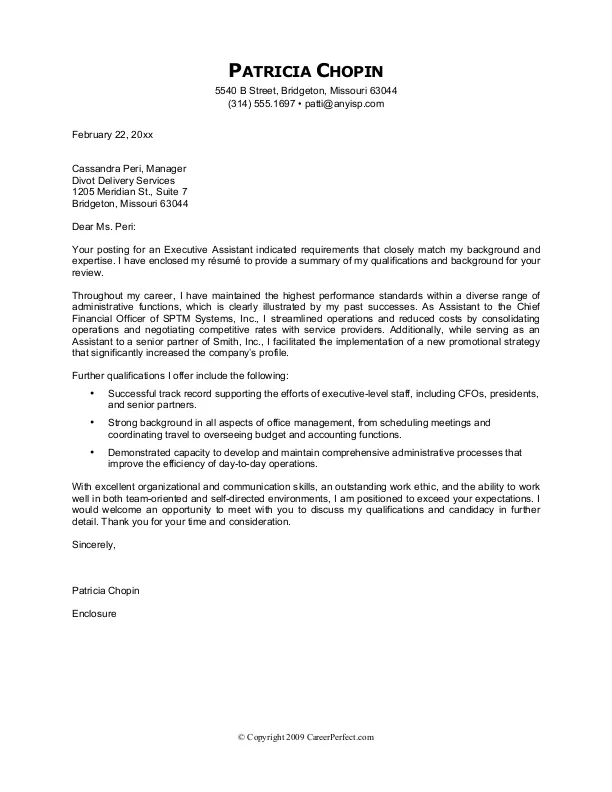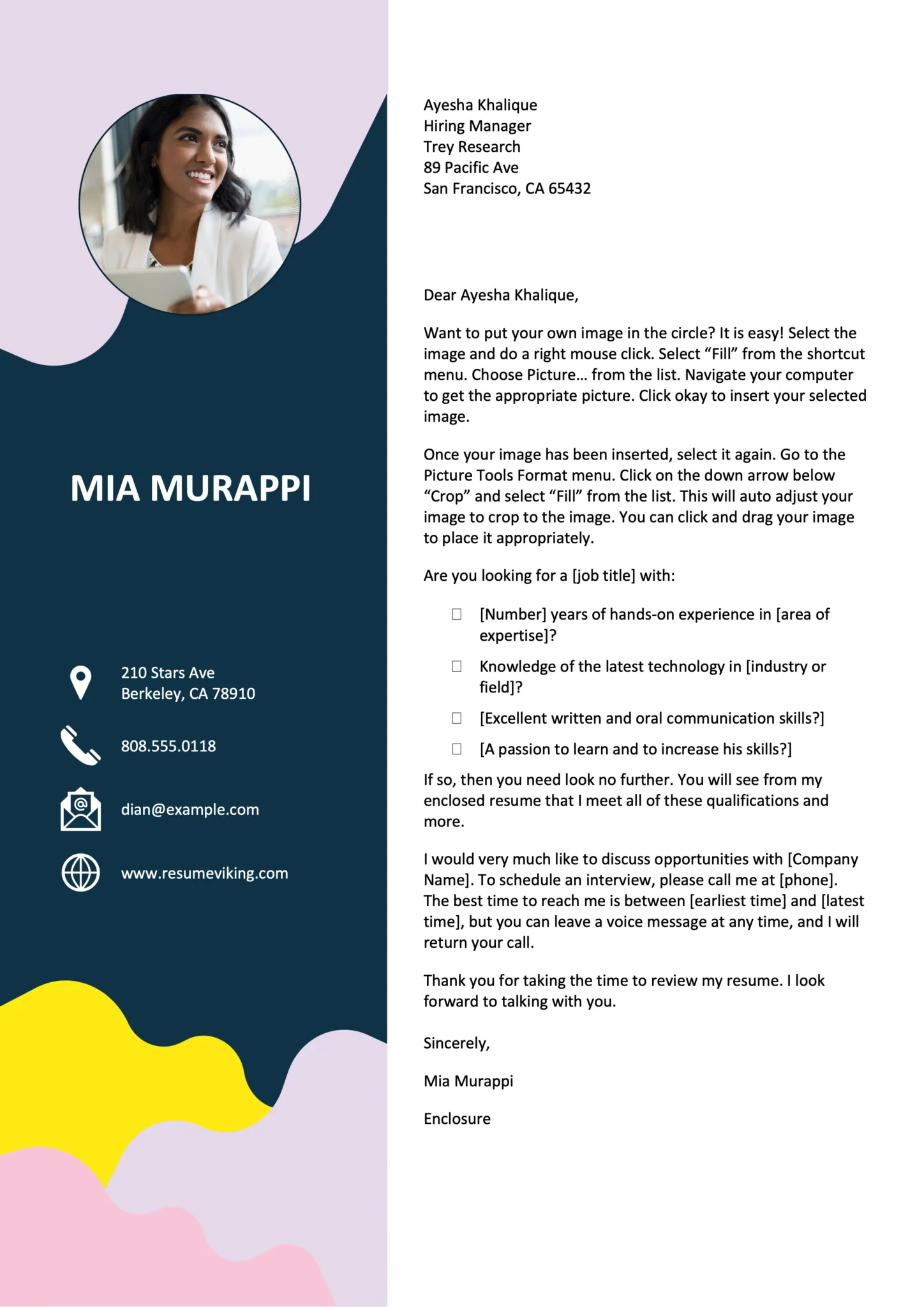Understanding the Power of a Cover Letter
In the competitive landscape of job applications, a well-crafted cover letter can be your secret weapon. It’s your first chance to make a strong impression and convince a potential employer that you are the right fit for the role. Often overlooked, the cover letter serves as a critical introduction, a personal narrative that goes beyond the bullet points of your resume. Think of it as your opportunity to connect with the hiring manager on a more personal level, showcasing not just your skills and experience but also your personality, enthusiasm, and genuine interest in the company and position. Mastering the art of the cover letter is an essential step in securing your dream job. It allows you to provide context, explain gaps in your resume, and demonstrate your communication skills and writing abilities, which are all highly valued in many professional settings.
Why Cover Letters Are Still Important
Despite the prevalence of online applications, cover letters remain a vital tool in your job-seeking arsenal. They give you the space to tell your story, providing context to your resume and highlighting the specific ways you meet the job’s requirements. They also help you stand out from other candidates by offering a glimpse into your personality, your passion for the job, and your understanding of the company’s needs. A well-written cover letter showcases your communication skills, which are essential in most professional roles. It demonstrates your attention to detail, ability to follow instructions, and commitment to making a strong first impression. It’s your opportunity to show why you’re not just qualified but the best fit for the role.
Key Elements of a Great Cover Letter

A compelling cover letter consists of several key components. These elements work together to make a strong and lasting impression. First, your opening should grab the reader’s attention immediately, expressing enthusiasm for the position and company. Next, demonstrate your relevant skills and experience, using specific examples to illustrate your achievements. Then, emphasize your value and how you can contribute to the company’s goals. Finally, close with a strong call to action, expressing your interest in the next steps and providing your contact information. Be sure to customize your cover letter for each job application, highlighting how your skills and experience align with the specific requirements. Proofreading is crucial to ensure your letter is free of errors, as this demonstrates your attention to detail.
Step 1 Researching the Company and Position
Thorough research is the foundation of a successful cover letter. This involves understanding the company’s mission, values, and recent activities. This preparation enables you to tailor your letter to their specific needs. Demonstrate that you’ve taken the time to learn about the company, showing genuine interest and aligning your skills with their goals. Effective research shows you’re not just applying for any job; you’re specifically interested in their company. This is your chance to demonstrate your commitment and show that you’re a good fit for the company’s culture.
Finding Information About the Company
Explore the company’s website, social media profiles (LinkedIn, Twitter, etc.), and news articles. Look for details about their recent projects, awards, and any press releases. Use websites like Glassdoor to get insights into the company’s culture from current or former employees. This will help you understand the company’s values, mission, and any recent developments, allowing you to align your cover letter with their needs. Also, identify key people you might be addressing, such as the hiring manager, by looking for their name in the job posting or on LinkedIn. This personal touch makes your letter more engaging and increases the chances of it being read by the correct individual.
Analyzing the Job Description

Carefully analyze the job description to identify the key requirements, skills, and qualifications the employer is seeking. Note the specific keywords, as this demonstrates your understanding of the role and will help your application get noticed. Make a list of the essential and desired skills. Then, in your cover letter, specifically address each of these, demonstrating how your experience and skills align with the job description. Focus on the accomplishments that directly relate to the job. Doing so shows your value and that you understand the role’s responsibilities. Highlighting the alignment between your skills and the job requirements significantly increases your chances of getting selected for an interview.
Step 2 Crafting a Compelling Opening
The opening of your cover letter sets the tone and determines whether the reader will continue reading. It’s your first and best opportunity to create a positive impression. Begin with a strong statement that captures the reader’s attention immediately, and shows them you understand their needs. Avoid generic greetings such as ‘To Whom It May Concern’ and aim for a personalized approach, using the hiring manager’s name if possible. This creates a sense of direct communication and makes your application more engaging.
Grabbing the Reader’s Attention Immediately
Start with a concise and impactful statement that immediately grabs the reader’s attention. This could be a notable achievement, a shared connection, or a compelling reason why you are excited about the position and the company. Focus on your enthusiasm for the role. Consider using a specific accomplishment that highlights your skills or experience, showing the employer you have the ability to perform and excel in the position. Make sure the opening makes it clear why you’re a strong candidate and that you’re a good fit for the role. This immediately captures the hiring manager’s interest.
Highlighting Your Enthusiasm

Express your enthusiasm for the position and the company. Explain why you are interested in the job and why you want to work for them. Show that you’ve researched the company, and are familiar with their mission and values. This helps the hiring manager see that you’re not just sending out generic applications; you’re genuinely interested in the company and the role. You can demonstrate enthusiasm by mentioning something specific that resonates with you or describing how the role aligns with your career goals. This personal touch makes your application more engaging.
Step 3 Showcasing Your Relevant Skills and Experience
The body of your cover letter should showcase the skills and experience that make you the ideal candidate. Use this section to demonstrate how your qualifications align with the job requirements. Provide concrete examples of your accomplishments and the results you achieved. Avoid simply restating your resume. Instead, elaborate on your experiences, providing context and demonstrating the value you can bring to the company. This also allows you to provide more details than a resume and gives you a better chance to highlight your qualifications and make them stick.
Matching Skills with Job Requirements
Carefully match your skills with the requirements listed in the job description. Review your experience and select the examples that best illustrate your abilities. Use the same keywords and phrases that are used in the job posting to show you understand the role. Clearly articulate how your skills meet the specific requirements of the position. Refer to previous projects, accomplishments, or responsibilities where you have demonstrated these skills. This ensures the hiring manager sees your qualifications as a direct match for their needs. Be sure to provide specific examples from your past experiences that highlight your expertise.
Providing Specific Examples of Achievements

Instead of just listing your responsibilities, provide specific examples of your accomplishments. Use the STAR method (Situation, Task, Action, Result) to describe your achievements in a clear and concise manner. For instance, instead of saying ‘Managed social media,’ you can write, ‘Increased social media engagement by 40% in six months by implementing a new content strategy.’ Quantify your achievements whenever possible to illustrate the impact you made in previous roles. Providing these types of specific examples makes your achievements more impactful and demonstrates your capacity to deliver results.
Step 4 Emphasizing Your Value and Fit
In this section, highlight how you can add value to the company and why you’re the best fit for the role. Go beyond simply listing your qualifications and show how your skills and experience align with their needs. Explain how you can contribute to their success and help them achieve their goals. This shows that you have thought about the company’s needs, and you are prepared to make a meaningful contribution to their success. Demonstrate that you understand the company’s goals and are ready to contribute from day one.
Demonstrating How You Can Benefit the Company
Clearly articulate how your skills and experience will directly benefit the company. Focus on their needs and show how you can solve their problems or help them achieve their goals. This could involve improving efficiency, increasing revenue, or enhancing customer satisfaction. Refer to the company’s mission, values, and recent activities to demonstrate a clear understanding of their needs. When you tie your skills and experience to the company’s strategic goals, it demonstrates that you are focused on their success and able to make a direct, positive impact.
Highlighting Your Unique Selling Points

Identify and emphasize what makes you unique and sets you apart from other candidates. These are the aspects of your skills, experience, and personality that make you the best fit for the job and the company culture. Highlight any specialized skills, experiences, or achievements. They can be anything that is not common. Show how your unique qualities make you the ideal candidate. This helps you stand out from the competition and helps the hiring manager remember you.
Step 5 Closing with a Strong Call to Action
The closing of your cover letter is your final opportunity to make a strong impression. It should reiterate your interest in the position, express your eagerness to discuss your qualifications further, and provide clear contact information. Make it easy for the hiring manager to reach you by providing your email address and phone number. The call to action is an essential step to ensure they take the next steps to reach out to you.
Expressing Your Interest in the Next Steps
Reiterate your interest in the position and express your eagerness to discuss your qualifications further. Thank the hiring manager for their time and consideration. Briefly state your availability for an interview and your interest in learning more about the opportunity. A strong closing conveys enthusiasm and leaves the reader with a positive impression, increasing your chances of receiving a call or email.
Providing Contact Information

Provide your contact information (phone number, email address, and LinkedIn profile URL, if you have one). Make it easy for the hiring manager to reach you by providing clear, concise, and accurate contact information. Proofread your contact information to make sure it is correct. Double-check for any typos or errors that could prevent the recruiter from getting in touch. Always ensure your email address is professional and appropriate.
Proofreading and Formatting
Before submitting your cover letter, carefully proofread it for any grammatical errors, typos, or formatting inconsistencies. A polished and error-free cover letter demonstrates your attention to detail and professionalism. Use a professional and easy-to-read font, and maintain consistent formatting throughout the document. Have a friend or family member review your letter for a fresh perspective. Proofreading is an essential step and the last thing you need to do. Poor formatting and grammatical errors can significantly undermine your chances of getting hired.
By following these steps, you can create a winning cover letter that highlights your skills, experiences, and enthusiasm, significantly increasing your chances of landing your dream job. Remember to tailor each cover letter to the specific job and company and be sure to proofread carefully before submitting it.
